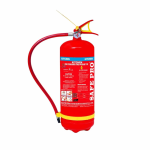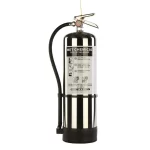Fire extinguishers are a crucial part of any safety plan, whether in a home, office, or industrial facility. Regular inspections ensure that these lifesaving devices are functional and ready for use in case of an emergency. Understanding what inspectors look for and how to maintain your fire extinguishers can help you pass inspections with flying colors. This guide provides practical tips and guidelines for effectively preparing for a pass fire extinguisher inspection.
Understanding the Importance of Fire Extinguisher Inspections
Why Inspections Matter
Fire extinguisher inspections play a vital role in ensuring that fire safety equipment remains reliable and effective. Inspecting fire extinguishers annually allows for the detection of potential issues, such as leaks, low pressure, or corrosion. Identifying these problems early can make the difference between a near-miss and a disastrous fire situation.
These inspections also comply with local and national fire codes, which require that extinguishers are maintained and readily available in every commercial and residential setting. Failure to have properly functioning extinguishers can result in fines, legal issues, or, more importantly, increased risk to lives and property.
Legal and Safety Implications
In addition to safety, inspections have legal implications. Fire codes set forth by organizations like the National Fire Protection Association (NFPA) require regular inspections to safeguard lives and property. Meeting these regulations can help avoid liabilities in the event of a fire incident. For businesses, this is particularly crucial, as negligence could lead to significant legal repercussions.
Attending to pass fire extinguisher ensures compliance not just for regulations but also as part of a comprehensive safety culture. It emphasizes the importance of being prepared and proactive regarding fire safety.
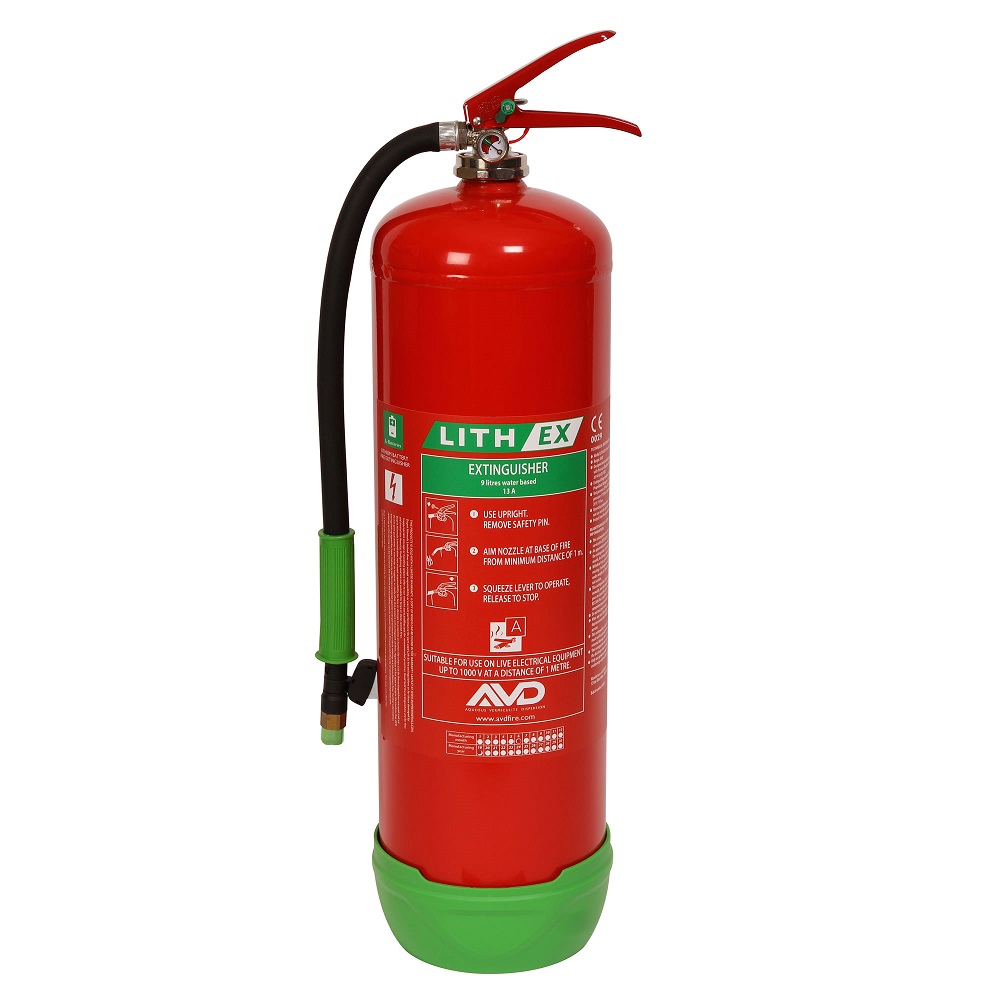
Know the Types of Fire Extinguishers
Different Classes of Extinguishers
Understanding the types of pass fire extinguisher available is essential in preparation for inspection. Fire extinguishers come in several classes, including:
- Class A: Suitable for ordinary combustibles like wood and paper.
- Class B: Designed for flammable liquids, such as gasoline or oils.
- Class C: Meant for electrical fires.
- Class D: For flammable metals.
- Class K: Works for cooking oils and fats.
Knowing the specific class of each extinguisher in your possession helps ensure that you have the appropriate type for various potential fire hazards. Inadequate or incorrect extinguishers can compromise your safety during a fire emergency.
Using Extinguishers Correctly
For the actual inspection, it’s vital to know how to use your fire extinguishers correctly. Training employees or family members on how to operate fire extinguishers can be a critical component of fire safety. The PASS method—Pull, Aim, Squeeze, and Sweep—offers a simple guide for using extinguishers effectively.
Regularly refreshing this training can ensure that everyone knows what to do in an emergency. Providing hands-on experiences can also contribute to greater confidence in a real-life situation.
Conduct Regular Self-Inspections
Monthly Visual Checks
Conducting monthly visual inspections can help catch issues before formal inspections occur. Begin by checking for the following:
- Pressure Gauge: Ensure the needle is in the green zone, indicating sufficient pressure.
- No Obstructions: Ensure that extinguishers are easily accessible and not blocked by furniture or equipment.
- Physical Condition: Inspect for any visible signs of damage, such as dents, corrosion, or rust.
Documenting these monthly checks provides valuable records that demonstrate diligence and preparedness, which can be beneficial during formal inspections.
Keeping Detailed Records
In addition to monthly self-checks, maintain a log of inspections, including the date and any findings. This documentation can serve as a reference in case issues arise and can strengthen your case during fire marshal inspections. Keeping detailed records can demonstrate your commitment to safety and compliance.
Having this paper trail readily available also helps maintain accountability and can be a resource for training new staff or family members on safety protocols.
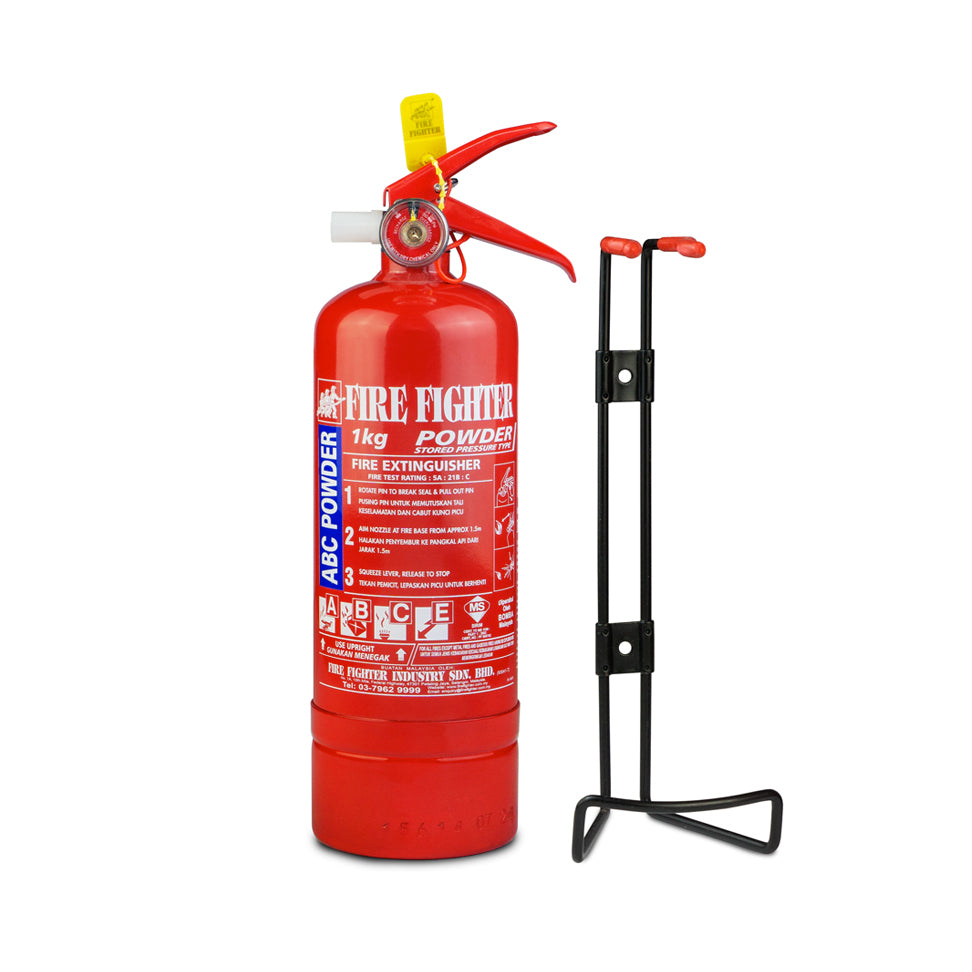
Professional Inspections and Maintenance
Scheduling Annual Inspections
While self-inspections are crucial, a professional inspection is necessary at least once a year. Many fire safety companies specialize in inspecting extinguishers and ensuring they are compliant with relevant regulations. Hiring such professionals can provide peace of mind, as they can identify issues that an untrained eye might miss.
During these annual inspections, professionals will check the physical condition of each extinguisher, test pressure levels, and review service records. They will also look for outdated extinguishers or those that require servicing.
Understanding Maintenance Requirements
In addition to inspections, each fire extinguisher has maintenance requirements dictated by its specific needs and local codes. Some extinguishers may require hydrostatic testing every five to twelve years, depending on the type and manufacturer guidelines.
Stay informed about these requirements and keep records of any maintenance conducted. Understanding the specific guidelines for your extinguishers can save you from penalties and ensure ongoing compliance.
Proper Placement and Accessibility
Strategic Placement
Where you place fire extinguishers significantly influences their effectiveness during emergencies. Ideally, extinguishers should be accessible within 75 feet of any point in your home or business. Make sure they are mounted on walls and that they are visible, easily identifiable, and stored at a height that is convenient for all users.
Consider high-traffic areas like kitchens, garages, and near exits. Placing extinguishers close to potential hazards not only meets safety codes but also facilitates quick access when needed.
Ensuring Easy Accessibility
Even the best fire extinguisher is useless if it’s buried in clutter or hard to reach. Keeping the area surrounding extinguishers clear is crucial. Regularly inspect the storage areas and maintain organization to ensure the safety equipment is always accessible.
Adding signage to indicate the presence of extinguishers can serve as a helpful reminder to everyone in the facility. This level of preparedness emphasizes the importance of fire safety in daily operations.
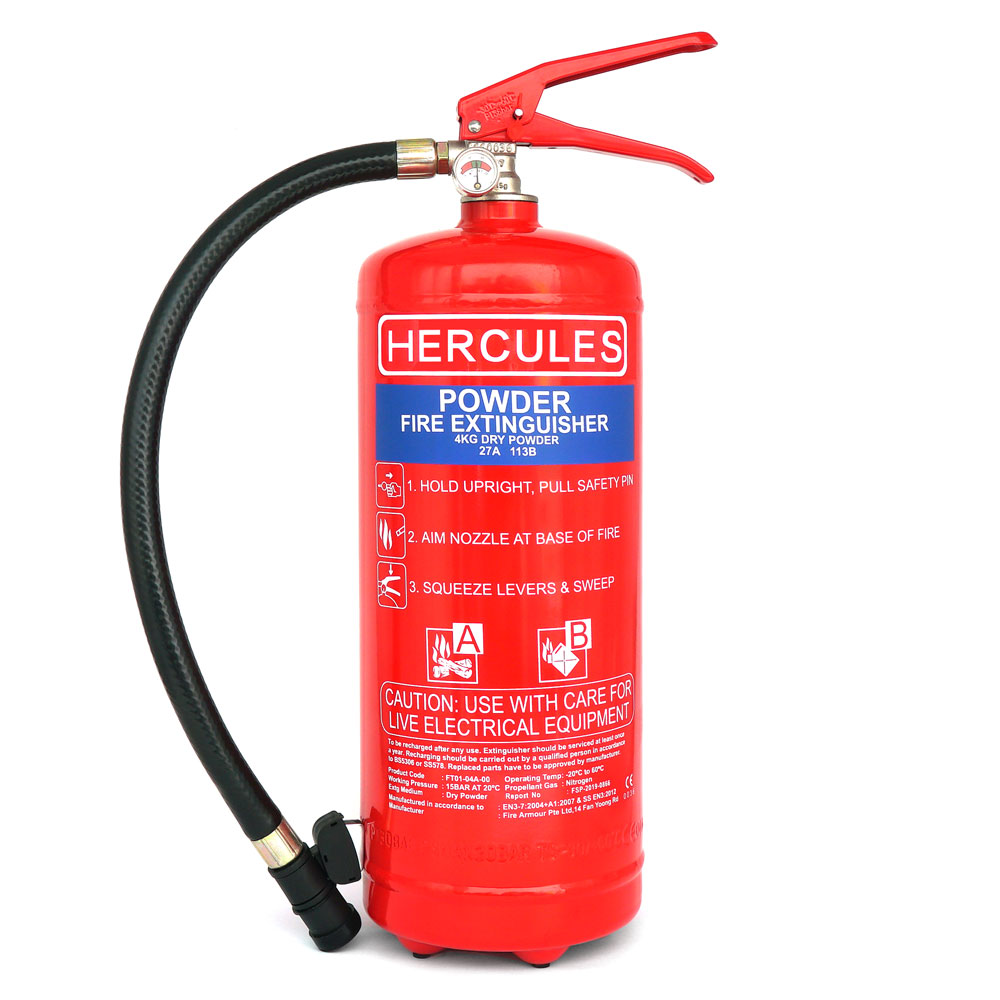
Training Employees and Family Members
Importance of Fire Safety Training
Training is a crucial element in effective fire safety management. Equip employees and family members with knowledge on the types of fire hazards they may encounter and the proper use of fire extinguishers. Ensuring everyone understands the PASS method not only prepares them for use during an emergency but fosters a culture of safety.
Regular training sessions and drills can help maintain skills and awareness. If any individuals are unfamiliar with how to operate extinguishers, clear guidance reinforces confidence and enhances safety.
Conducting Safety Drills
In organizational settings, conducting regular fire drills is an invaluable tool. Drills help employees familiarize themselves with evacuation routes and proper responses during emergencies. Integrating extinguisher training into these drills can help cement knowledge and readiness.
For households, family fire drills can ensure that everyone understands the household fire plan. Practicing evacuation routes and fire extinguisher usage can prepare family members to respond effectively in a real emergency situation.
Staying Up-to-Date with Regulations
Knowing Legal Requirements
Fire safety regulations can vary by location, and they often change over time. Staying informed about local fire codes and regulations is critical. Understanding the exact requirements for installing and maintaining fire extinguishers can help ensure compliance and protect lives.
Resources such as local fire departments, safety organizations, and online platforms can offer current information about regulations in your area. Regular consultations with local fire safety professionals can also keep you informed about necessary updates and modifications.
Adapting to New Standards
As fire safety practices evolve, so too should your approach to pass fire extinguisher. Being proactive about adopting new technology and standards can improve safety measures. For example, some areas now recommend smart fire extinguishers that can alert emergency services automatically.
By staying updated, you ensure that your fire safety measures are robust, effective, and compliant with the latest standards. Regularly reviewing and enhancing your fire safety plan maximizes protection for everyone in the environment.
Ensuring Comprehensive Fire Safety
To pass fire extinguisher inspection involves a proactive approach that includes understanding your extinguishers, conducting regular self-inspections, and maintaining professional oversight. By properly training everyone involved, ensuring accessibility, and staying informed about legal regulations, you can create a safer environment while meeting compliance requirements.
Being diligent about these aspects not only prepares you to pass inspections but also significantly enhances overall safety. Whether at home or in the workplace, a strong commitment to fire safety can protect lives, property, and peace of mind. Make fire safety a top priority, and create an environment where everyone feels secure knowing they are prepared for emergencies.

